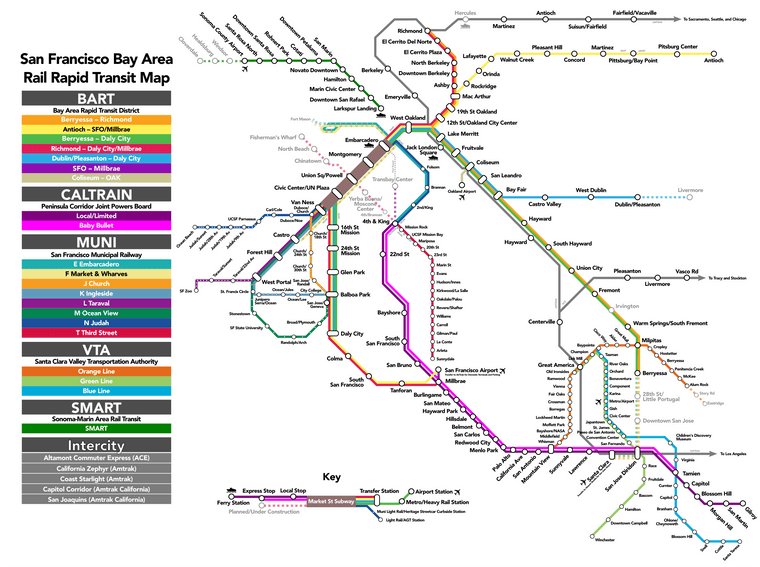The Commonwealth of California-Factbook
-
-
Legal Tradition
System: Common law
Highest courts: Supreme Court, Final Appellate Court, Native Title Court
Other parts: Criminal Court, Civil Court, Constitutional Court, Appellate Court
-
Coat of Arms
-
Economic Data
Population: 66,715,000
GDP per capita: €56,602.19
GDPper capita (native): $36,621.00
GDP: €3,776,227,376,697.00
GDP (native): $2,456,525,335,035.00
Currency: Californian dollar (CFD)
Exchange rate: $1.00=€1.56
HDI: 0.921
Gini Coefficient: 0.30 (Medium)
Unemployment Rate: 4.6%
Labor force by employment: 5% Agriculture, 47% Manufacturing, 48% Services
Income Tax Rate: 10%-45% (Progressive Tax), exempt up to $10,000
Corporation Tax: 26.5%
GST: 15%
Government spending: 55%
Main Industries
Primary Industries: Magnesium & Chromium mining, Agricultural Products
Secondary Industries: IT & Consumer Electronics, Pharmaceuticals, Alcoholic Beverages, Energy Products, Automotive, FCMG
Tertiary Industry: Education, Real Estate, Hospitality, Tourism, Telecomunmication Services, Building & Construction, Retail, Film & Entertainment, Television, Food Processing, Music -
1100-1699
In the 12th century, the first Spanish settlers founded San Diego. They explored the rest of present-day California. They also started mating with the indigenous people of California, bringing the Spanish language and cultural practices. California grew through the bearskin trade. Certain Duchies and England traded handsomly, with both nations sending settlers. It was largely left alone during this period.
1700-1899
California grew and Britain wanted a monopoly. Britain and Spain went to war for 7 years until they were in a stalemate. They signed the Treaty of Los Angeles, allowing Spanish presence under British control. Eventually, gold was discovered in the Sierra Nevada sparking more British and Duchian settlers. Reitzmic labour built the infrastructure, many arriving believing the lie that they would benefit.
1900-present
California wanted self-determination, having gotten large enough to govern themselves. They formally made a quasi independent state. They would have the British Crown as head of state but the prime minister and parliament would be Californian. All people and genders were given suffrage. This was agreed to by all counties by 1901. The indigenous people were named rightful owners of the land. During this century, Duxburians and Yosainese emigrated to Los Angeles.
-
National Flag
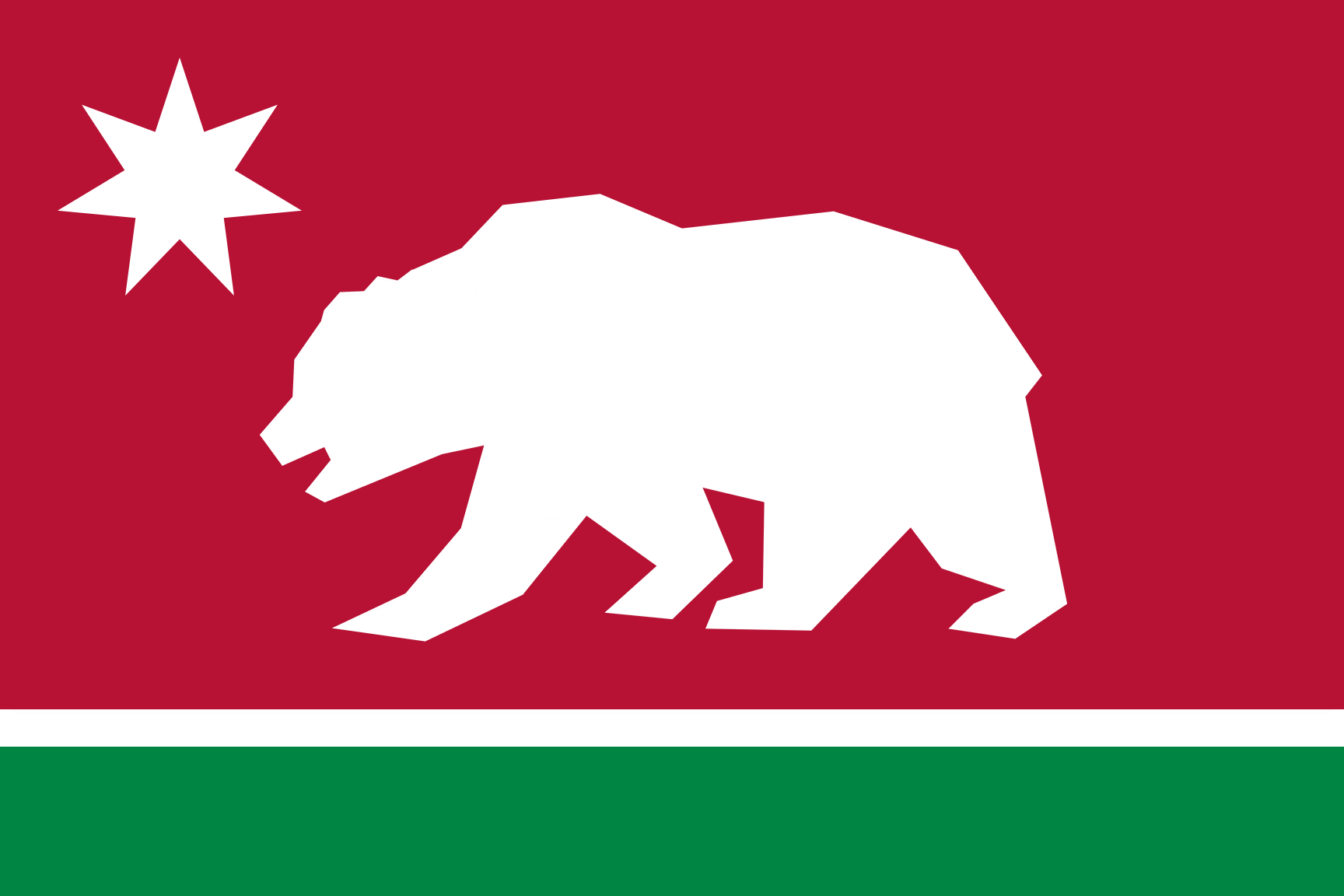
-
Detailed Maps
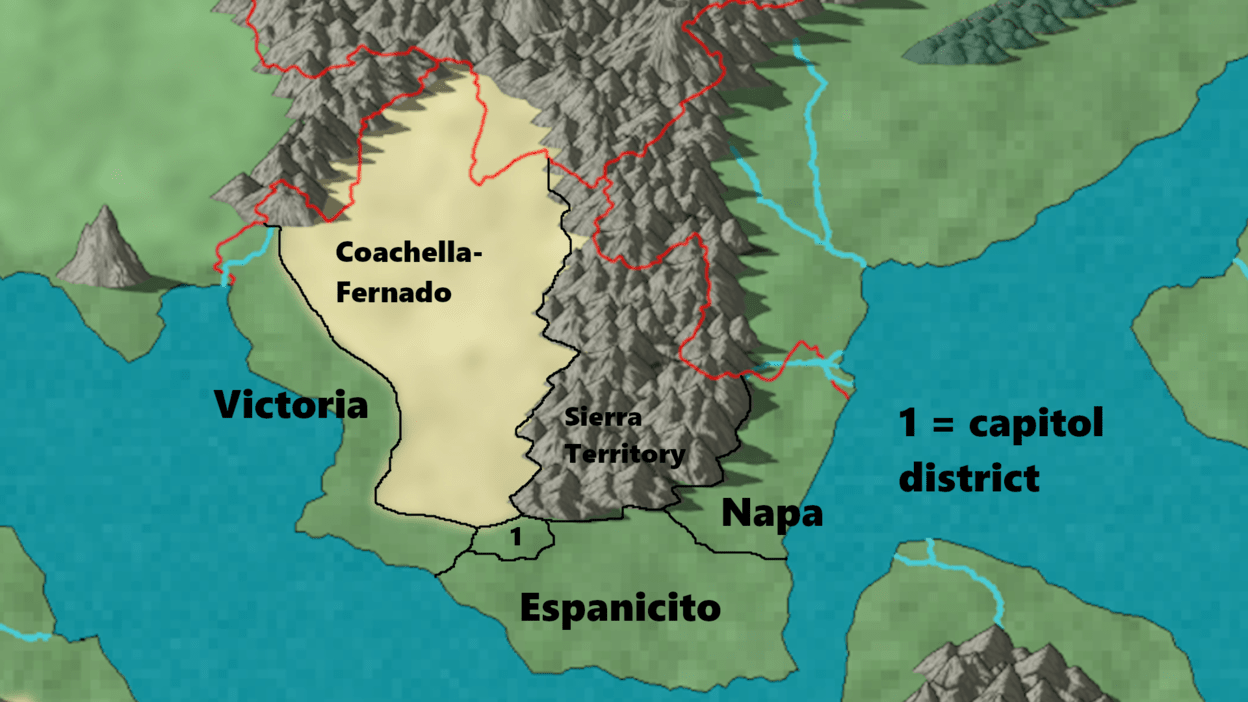
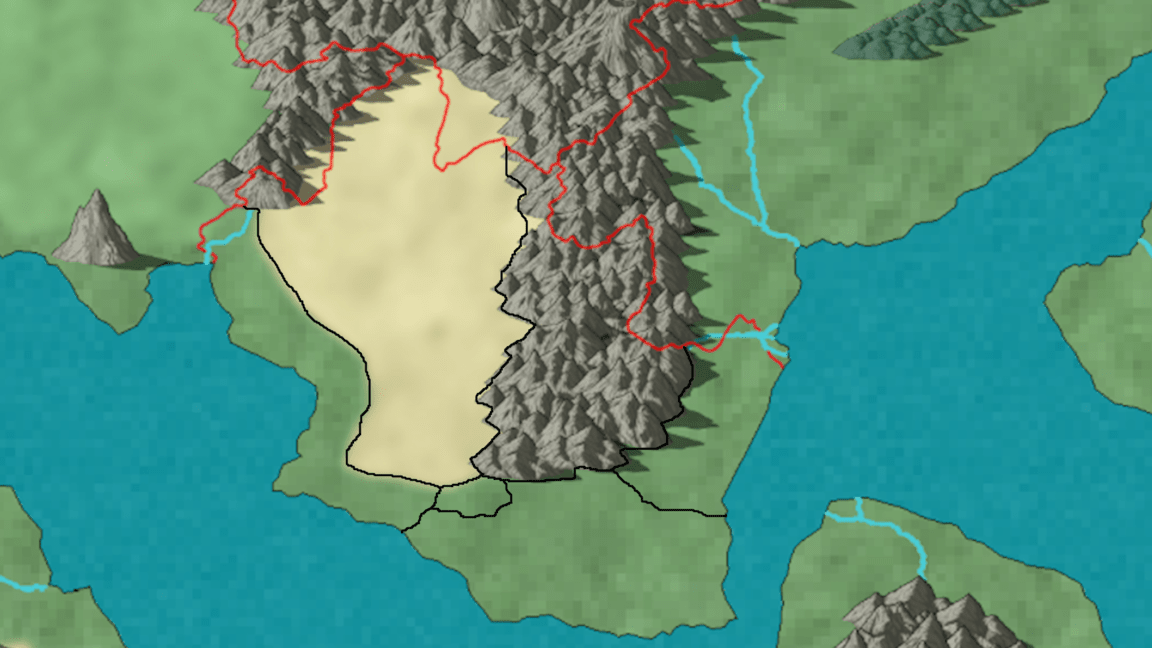
-
Federal and State Governments
Federal government: Anthony Albanese (CLP)
Espanicito: Maria Teresa Jimenez Esquivel (CDP)
Napa: Anastasia Palaczszuk (CLP)
Victoria: Daniel Andrews (CLP)
Sierra: Victor Manuel Castro Cosio (CLP)
Coachella-Fernando: Natasha Fyles (CLP)
CCT: Claudia Sheinbaum (CLP) -
Legal System of California
Superior Court of California (constitutional/final appellate)
California Federal Court (juris federal)
California Traffic Court
Family Court
Native Title Court
California Criminal Court
California Immigration Court
State Criminal Court
State Appellate CourtThe Californian legal system is based on British common law practices and traditions. Proceedings are largely open to the public but it can vary. The Superior Court is the supreme constitutional authority. The Federal Court is the top (federal) criminal court.
State Constitutional Court -
This post is deleted! -
Metropolitan Areas
Los Angeles

Pop.: 39 million
Bay Area

Pop.: 17 million
San Diego


Pop.: 17 million
Palm Springs
.jpg)
Pop.: 8.4 million
Sacramento
.jpg)
Pop.: 4.2 million
-
State and Territory Governments
Sierra
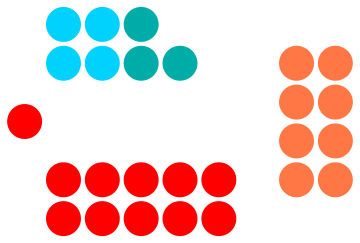
Espanicito
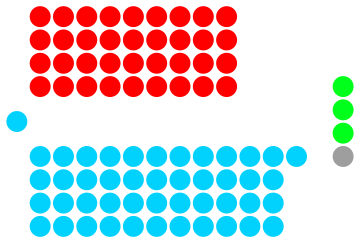
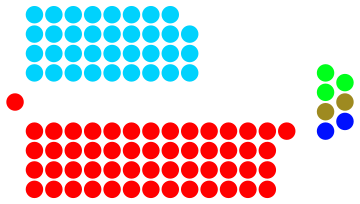 Napa
Napa -
This post is deleted! -
This post is deleted! -
This post is deleted! -
This post is deleted! -
-
-
GDP per Capita: $71,047($90,313)
Pop.: 45,250,000
GDP: $2,150,896,100,000 ($4,086,702,590,000)
Total Area: 212,200 sq. km
Density: 213.2/sq. km
Currency -
Departments of the Californian Government
- Department of Agriculture, Fisheries and Forestry
- Attorney General's Department
- Department of Climate Change, Environment and Water
- Department of Defence
- Department of Education
- Department ofEmployment and Workplace Relations
- Department of Energs
- Department of Finance
- Department of Foreign Affairs and Trade
- Department of Health and Aged Care
- Department of Home Affairs
- Department of Industry, Sciences and Resources
- Department of Infrastructure, Transport, Regional Government and the Arts
- Department of the Prime Minister and the Cabinet
- Department of Social Services
- Department of the Treasury
- Department of Veterans' Affairs
